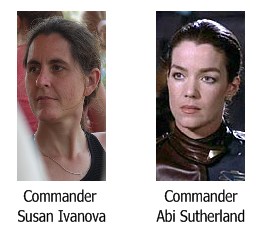Vlad Savov on The Verge: The single-person social network is a strangely beautiful thing
All of this social recruitment feels exhausting, but you can work your way past it. Disable a few notifications, decline a few "but you’ll be lonely!" dialogs, and you can begin using the apps to your own purposes. Here’s the thing: social apps happen to be the most versatile and capable mobile software we have available. We take it for granted that we can post instant updates and upload images from anywhere, and that we can return to those archives from anywhere else. The first step to that combination, which we might call the Snapchat component, is indeed easy, however keeping an organized and comprehensive history of everything you’ve posted is a costly affair. Not everyone has the funds for vast server farms to host your countless image and video uploads for free. Social apps usually do.
This crystallized for me this past weekend when I set out to find a good app for keeping a food journal. I don’t want to lose weight or gain muscle, I don’t want others to judge the healthfulness of my meals or estimate my calorie intake — I just want to compile a photo archive. For my own gratification and no one else’s. That immediately disqualified pretty much every dedicated food app out there. They all try to do and track too much, and most don’t have the finances to maintain a free image archive online. […]
And then my search led me to Path. Path puts a time stamp on every post and lets me annotate with the list of ingredients. It’s perfect for what I want to do. I only want a simple visual history and, provided I don’t let anybody in on my Path activities, it’s the cleanest and simplest way of doing it. That’s right, I’m using a social app completely antisocially and benefiting from it. I guess these are the perks of not reading the instructions.
Huh. There is definitely something to that. (via Sean Bonner’s Crowd)
